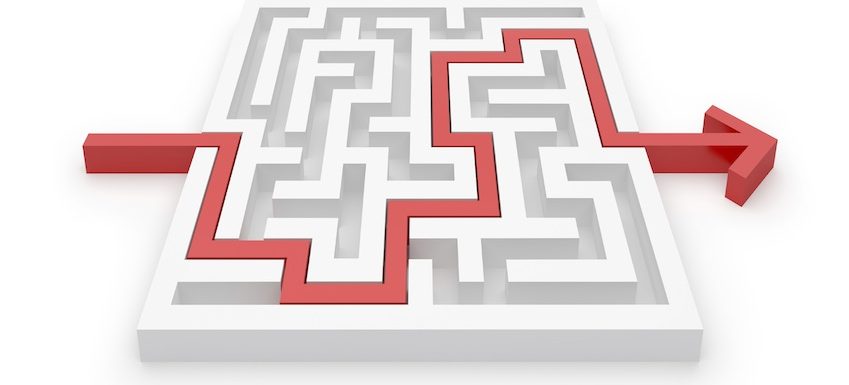 For those that know me, you’ve probably heard one of my rants about something that I’m passionate about. I’m not sure how this will translate to the written form but at times I may rant on this blog. The good news is that I plan to follow up with some tips to help make things better for the topic that has raised my ire. Here’s my rant this week…
For those that know me, you’ve probably heard one of my rants about something that I’m passionate about. I’m not sure how this will translate to the written form but at times I may rant on this blog. The good news is that I plan to follow up with some tips to help make things better for the topic that has raised my ire. Here’s my rant this week…
I’m not exactly sure when it happened. I’m sure it was not long after PowerPoint was created. But ever since, presenters (and those from technology companies in particular) have come to rely on PowerPoint to communicate their message to prospects everywhere. And, I’m quite certain, it’s also the most abused form of communication.
That’s because it’s not being used for it’s main purpose, presentations, in many cases but as a form of marketing collateral that can be sent to prospects instead of meeting with them. At the same time, PowerPoint can be changed easily and also doesn’t go through the same review cycle that makes other collateral better. This, my friends is a very, bad thing.
I’m sure we’ve all see our share of PowerPoint slides and some are definitely better than others. But it’s surprising how many slides contain hundreds of words crammed onto it using a really small font so no one can actually read the text. There are also more than a few (I’m being polite here) diagrams that are so complicated or poorly drawn that no one, not even the author, can explain it.
The software program itself needs to share some of the blame. PowerPoint is not an easy tool to use and it definitely has it’s share of bugs… I mean features… that don’t work or are abused by presentation creators everywhere. But what is the alternative to using PowerPoint?
Let me go out on a limb and propose that you don’t use a PowerPoint presentation as a piece of marketing collateral EVER or use it for every presentation. Instead, try relying on a few notes and a whiteboard.
One of the best sessions I ever saw at a conference was when the speaker put up one slide of a nature scene. He explained to everyone that it was his only slide and he just wanted to talk to us. The slide had no relevance to the talk but he had this one slide because the conference organizers insisted he submit something so he grabbed a picture he liked. Isn’t that ironic and a refreshing change? The presenter ended up engaging the audience for the entire time and it was a great session on a technical topic.
I know that may be the extreme but at a recent sales training session, one of the presenters opened his session on a flip chart and explained a new technology and product on one sheet. It was clear and I believe everyone understood it after 5 minutes. Then he opened his PPT… Oh well, it’s a step in the right direction.
At the very least, everyone, including me, needs to use fewer and simpler slides in their presentations. Trust me when I tell you that you are not going to get through 100 slides in an hour. You will likely not even get through 20 or 30 in that hour. And, make sure you use only a few words on each slides AND supporting graphics that are also simple.
So for the sake of your audience, please take another look at the slides you plan to use in your next presentation and remove half of the words on each slide and make sure you have, at most, one slide for every 2-3 minutes of the time you plan to speak. In the end, you’ll have a simpler and more compelling presentation. Remember that this presentation may be your first impression with that audience so make it a good one.


Leave a Reply